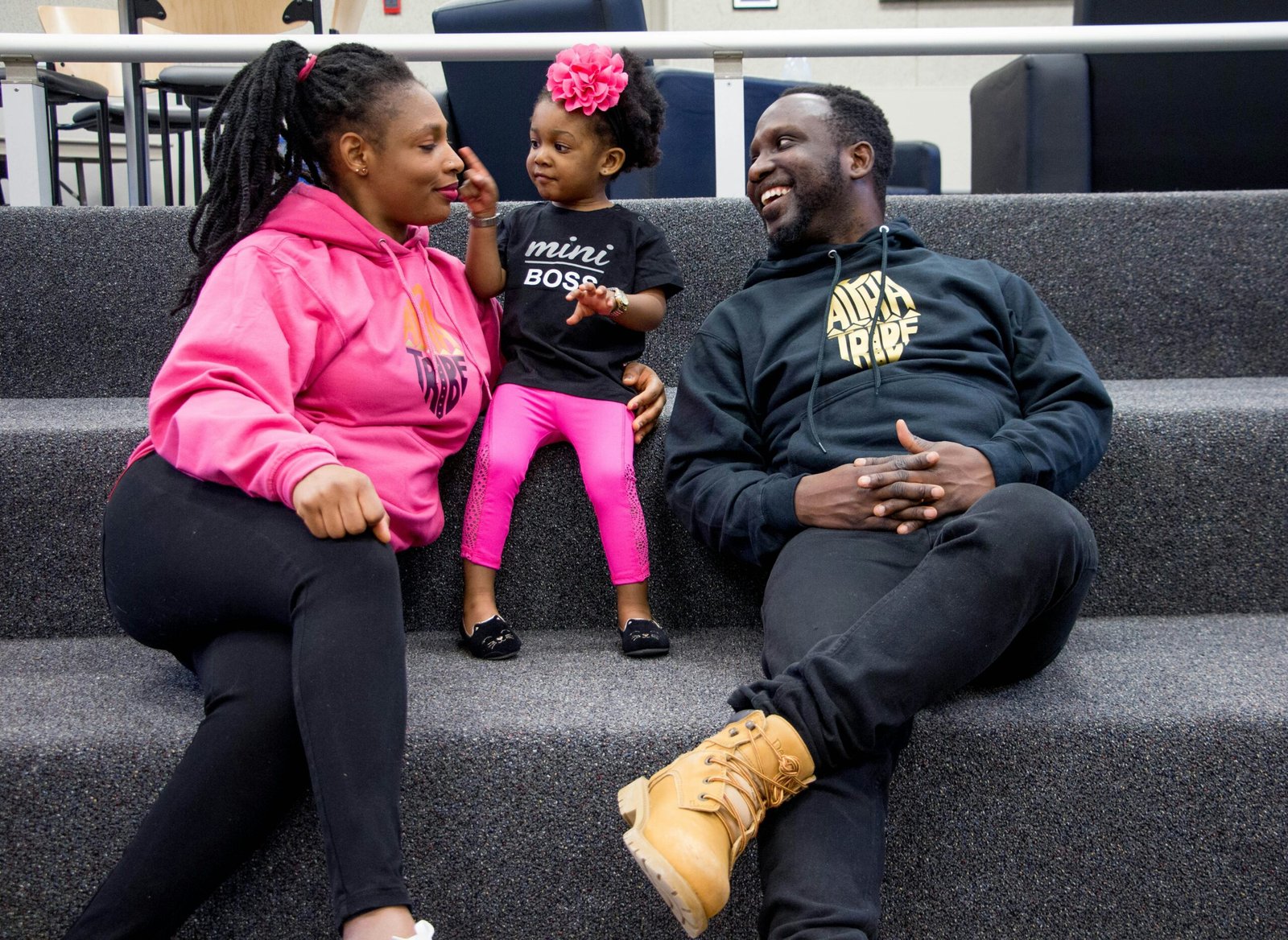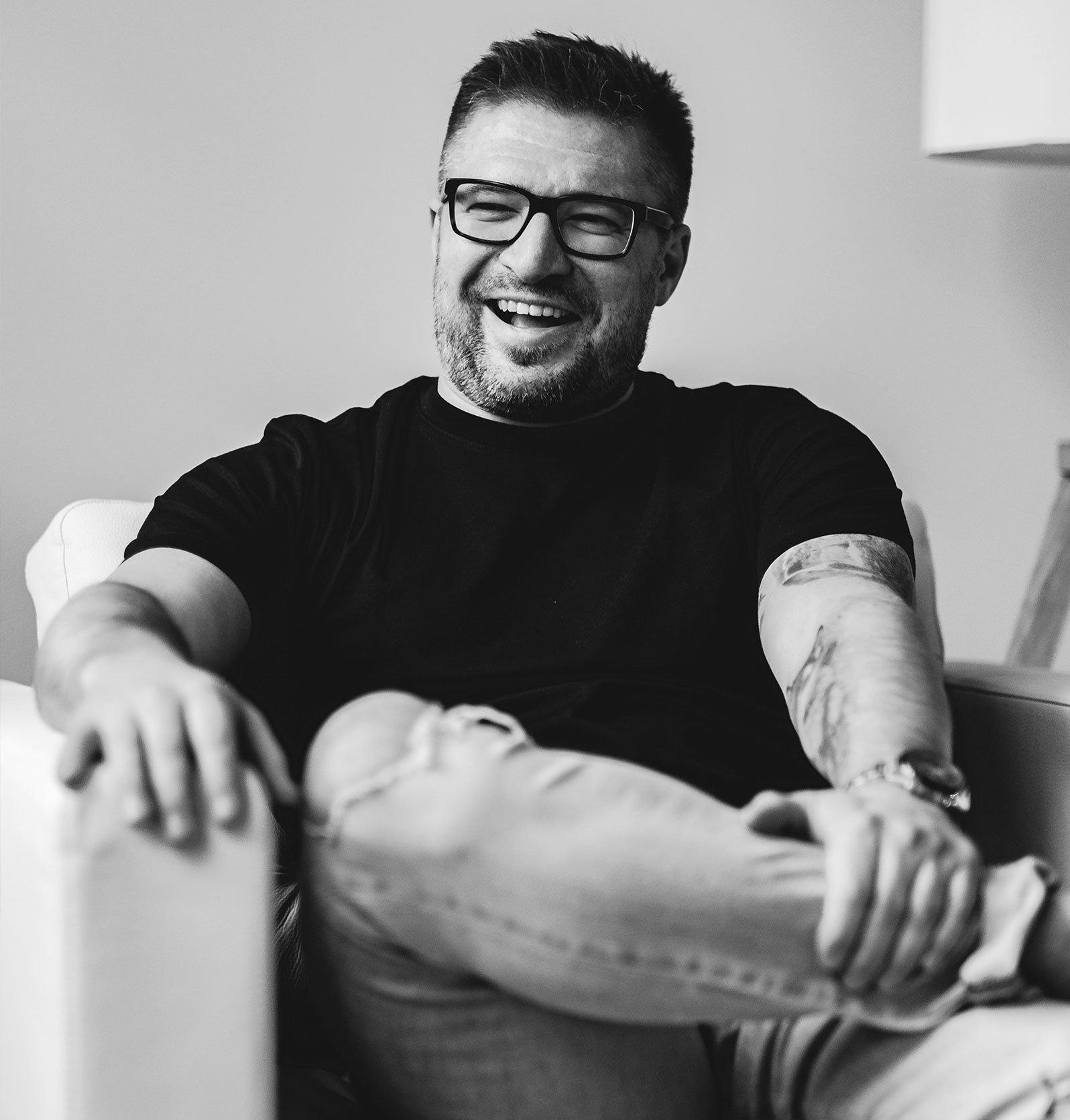Introduction: The Weight of What We Inherit
We often inherit more from our families than eye color or laugh styles. Many of us also inherit patterns—the unspoken rules, habits, and emotional legacies passed down from one generation to the next.
Sometimes those patterns are beautiful: traditions, resilience, values, and love. But sometimes they’re heavy: cycles of abuse, addiction, poor communication, or unhealed trauma.
Here’s the hard truth: what isn’t healed is often handed down.
But here’s the hopeful truth: cycles can be broken.
Families have the power to choose a different, victorious path forward. The past may shape us, but it doesn’t have to define our future.
Understanding Generational Cycles
Generational cycles (sometimes called “intergenerational patterns”) are repeated behaviors, beliefs, or dynamics that pass from one generation to the next.
Common examples include:
-
Addiction (alcohol, drugs, gambling)
-
Abuse (physical, emotional, sexual)
-
Broken communication patterns (silence, shouting, avoidance)
-
Mental health stigma (ignoring or hiding depression, anxiety, or trauma)
-
Financial struggles (scarcity mindset, unhealthy spending habits)
-
Unresolved grief (losses never fully acknowledged, carried forward silently)
Even positive cycles exist: families who consistently model forgiveness, faith, perseverance, or generosity often see those traits echoed across generations.
But when harmful patterns repeat, they can feel like chains—heavy, suffocating, and hard to break.
Why Cycles Continue
If these cycles cause so much pain, why do they persist?
-
Silence and secrecy. Families often don’t talk openly about struggles. Silence allows cycles to continue unchecked.
-
Normalization. What we grow up with feels “normal.” Dysfunction may feel like just “the way things are.”
-
Unhealed trauma. When trauma isn’t processed, it gets carried forward in behavior, beliefs, and even biology.
-
Lack of tools. Many families simply don’t know how to do things differently.
Cycles aren’t a sign of weakness—they’re a sign of wounds. And wounds, with the right care, can heal.
The Turning Point: Choosing a Different Path
Breaking generational cycles begins with one brave decision: “It stops here.”
This moment is powerful because it transforms passive inheritance into active choice. Instead of repeating, you’re rewriting. Instead of surviving, you’re choosing victory.
And while it isn’t easy, it is absolutely possible.

Pellentesque in ipsum id orci porta dapibus.
Steps to Breaking Generational Cycles
1. Acknowledge the Pattern
You can’t heal what you won’t name. The first step is courageously admitting, “This has been part of my family’s story.”
Ask yourself:
-
What patterns do I see repeated in my family?
-
How have these patterns affected me personally?
-
Where do I feel a longing for something different?
Therapist tip: This step can bring up strong emotions—shame, grief, or anger. That’s normal. Naming the truth is the doorway to freedom.
2. Grieve What Was Lost
Breaking cycles often means facing the reality that your family didn’t (or couldn’t) give you everything you needed.
That realization hurts. It requires grieving—grieving the childhood you didn’t get, the stability that wasn’t there, or the love that wasn’t expressed.
But grief is not weakness—it’s a path to healing.
3. Learn New Tools
If your family didn’t model healthy conflict resolution, emotional regulation, or financial habits, you’ll need to learn them.
This might look like:
-
Therapy (individual, family, or couples)
-
Parenting classes
-
Support groups (e.g., for addiction or trauma)
-
Books, podcasts, and workshops on communication and emotional health
Think of it this way: if your family didn’t hand you the right tools, you’re not doomed—you just need to go get them.
4. Build a Support System
Breaking cycles is hard work. It often feels lonely. That’s why community matters. Surround yourself with safe people who encourage growth: friends, mentors, faith communities, or therapists.
Support systems don’t replace family—but they can help re-teach what family should feel like: safety, love, accountability, and care.
5. Practice Different Choices
Cycles break when we choose differently in the small, daily moments:
-
Instead of yelling, you pause.
-
Instead of hiding your feelings, you express them.
-
Instead of repeating harmful coping mechanisms, you reach for healthier ones.
Every small choice is a brick in the foundation of a new family story.
6. Pass Down Healing
The most powerful part of breaking cycles is what happens after: you get to pass down something new.
When children grow up in homes where love is consistent, communication is safe, and emotions are welcomed, they inherit tools for flourishing.
You can’t erase the past—but you can shape the future.
A Story of Breaking the Cycle
A woman I once counseled came from a long line of families fractured by addiction and abandonment. Her father left when she was young, and her mother struggled with alcoholism.
As an adult, she realized she had unconsciously chosen partners who repeated those same wounds—unreliable, emotionally unavailable, sometimes destructive.
Her turning point came when she realized: “If I don’t heal, my kids will inherit the same pain I did.”
Through therapy, support groups, and a commitment to self-growth, she began to make different choices. Slowly, her relationships shifted. Her parenting became intentional. Her children grew up with the stability she never had.
Her story is proof: cycles don’t have to continue.
The Role of Faith and Hope
For many, breaking generational cycles is not just a psychological or relational journey—it’s also spiritual.
Faith can provide:
-
A sense of identity beyond family wounds.
-
Strength for moments when breaking the cycle feels too heavy.
-
Hope that healing is not only possible but promised.
Hope is what keeps you moving forward when old patterns try to pull you back.
Why Breaking Cycles Is Worth It
Breaking generational cycles is exhausting. It requires honesty, courage, and perseverance. So why do it?
Because the reward is enormous:
-
Freedom from repeating the same pain.
-
Healthier, stronger relationships.
-
A family legacy built on love instead of wounds.
-
The deep satisfaction of knowing: “It stopped with me. My children will know something better.”
That is victory.
Therapist’s Reminder: Progress, Not Perfection
Breaking cycles isn’t a one-time event. It’s an ongoing process. Some days you’ll slip into old patterns. Some days you’ll feel like you’re back at square one.
But remember: every step toward awareness, every choice toward health, every boundary you set—it all counts.
Don’t aim for perfection. Aim for progress. And give yourself the same compassion you wish your family had given you.
Conclusion: Choosing the Victorious Path
Generational cycles may feel like chains, but they are not unbreakable. With awareness, grief, new tools, support, and hope, families can choose a new way forward.
The victorious path isn’t about pretending the past didn’t happen. It’s about acknowledging it, healing from it, and writing a better story for the future.
The past may explain you, but it does not define you. You—and your family—can choose victory.
If you’re ready to break free from generational cycles, therapy can provide the safe space and tools to help you take the next step. Together, we can face the past, heal in the present, and build a victorious future for your family.
Schedule a session today and start the journey toward freedom.
Related Articles
Couples, Development, Family, Individual





